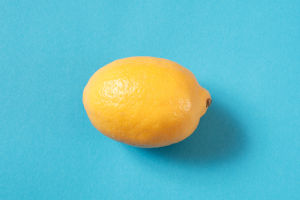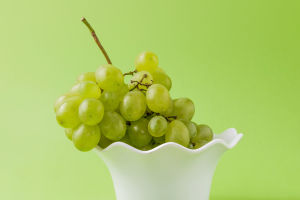Red currants (Ribes rubrum) are small, vibrant berries that have gained popularity for their unique flavor and aromatic profile.
These fruits are not only visually appealing with their glossy red skins but also possess a distinct aroma that is both refreshing and complex.
In this essay, we will explore the characteristics of red currant aroma, its implications in culinary uses, and its role in the broader context of fruit fragrances.
1. Aroma Profile
The aroma of red currants is often described as bright and tangy, with a mix of fruity and slightly herbal notes. When you first encounter the scent, you may notice a sharp, sweet tartness that is characteristic of many berries.
This initial fragrance is accompanied by subtle undertones of earthiness, reminiscent of the natural environment in which red currants grow. The combination of these aromas creates a fresh and invigorating scent that can evoke memories of summer gardens and sun-ripened fruits.
The primary compounds responsible for the aroma of red currants include esters, aldehydes, and terpenes. For instance, the presence of ethyl butyrate contributes to the sweet, fruity notes, while hexanal adds a grassy green quality to the fragrance.
These compounds interact to create a harmonious scent that can be both uplifting and refreshing, making red currants a delightful addition to various culinary applications.
2. Culinary Applications
The distinct aroma of red currants plays a significant role in their culinary uses. Their bright, tart flavor and refreshing scent make them an excellent choice for jams, jellies, and sauces.
When cooked, the aroma intensifies, transforming into a rich, sweet scent that enhances the overall experience of the dish. Red currants are often used in desserts, such as tarts and pies, where their fragrance complements the sweetness of other ingredients.
In addition to desserts, red currants can also be used in savory dishes. Their tangy flavor and aromatic profile pair well with meats, particularly game and poultry.
A red currant sauce can elevate a dish, adding depth and complexity that is enhanced by the fruit’s natural aroma. The versatility of red currants allows them to shine in various culinary contexts, making them a favorite among chefs and home cooks alike.
3. Aromatic Influence in Beverages
The aromatic qualities of red currants extend beyond food to the world of beverages. Red currant juice is often enjoyed for its refreshing taste and vibrant color. When made into syrups , the aroma of red currants can add an enticing note that complements other flavors.
4. The Broader Context of Fruit Aromas
Understanding the aroma of red currants also offers insights into the broader context of fruit fragrances. Aromas play a crucial role in our perception of taste and flavor.
The interplay between aroma and taste can significantly influence our enjoyment of food and beverages. As such, red currants serve as a reminder of the importance of aromatic profiles in enhancing our culinary experiences.
In conclusion, the fruit aroma of red currants is a delightful combination of tangy, sweet, and earthy notes that captivates the senses. Their distinctive scent enhances a variety of culinary applications, from desserts to savory dishes and beverages.
As we continue to explore the world of fruits and their aromas, red currants stand out as a vibrant example of how scent can elevate our culinary experiences and connect us to the natural world.
Whether enjoyed fresh, cooked, or as part of a drink, red currants offer a unique aromatic experience that is both refreshing and memorable.


